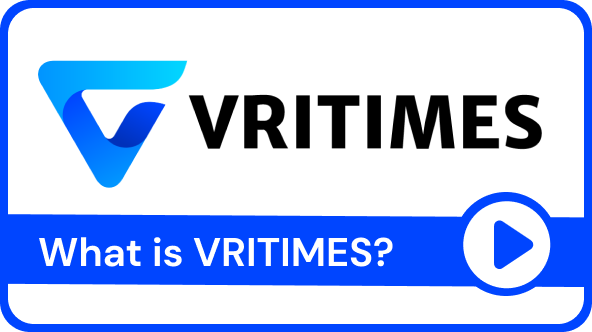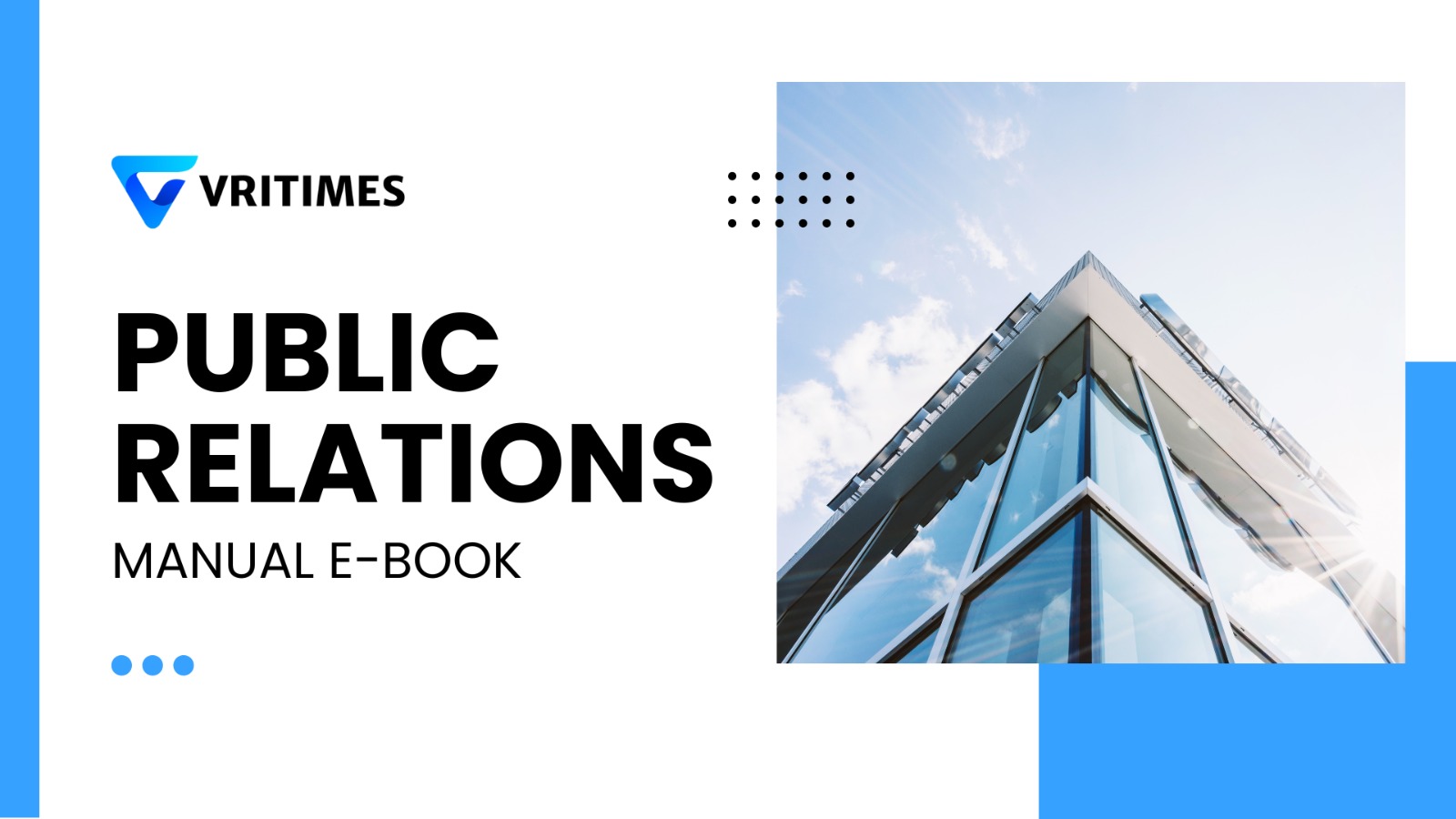/ The Evolution of Media: Transformative Forces Shaping the Modern Media Landscape
The Evolution of Media: Transformative Forces Shaping the Modern Media Landscape
The way media has changed over time is really impressive. Thanks to progress in technology changes in how people act and new ways of sharing content recent developments have transformed how we consume news and entertainment. Recognizing these changes is essential to staying relevant and influential in the current media scene.
Technological Progress The Age
Our interaction with content is always changing. The shift from traditional approaches to digital platforms has revolutionized the creation sharing and consumption of content. Thanks to smartphones, fast internet, and cloud technology media companies can now reach audiences worldwide. This change has led to the emergence of formats such as social media platforms podcasts and streaming services each providing distinct ways for viewers to connect with content.
The Rise of Social Media
Platforms like Facebook, Twitter, Instagram, and TikTok impact how we consume media. They do more than share content by promoting user posts and highlighting trending topics. With the power of media, people can express their views and showcase their creativity to a large audience. This shift has created an environment where influencers and independent content creators influence traditional media channels.
Content personalization and data analytics
In today’s age it’s crucial to customize content to align with individual tastes. Companies utilize information and tools to craft tailored experiences for their customers. A striking example of this trend can be found in services such as Netflix and Spotify which use algorithms to suggest movies or songs based on your past selections. Likewise, news apps personalize stories and articles according to your preferences. This move towards personalization has changed the way people perceive the significance and relevance of media.
The Emergence of Artificial Intelligence
The impact of intelligence is revolutionizing industries by boosting efficiency improving user experiences and harnessing data insights to forecast trends. In the media realm, these advancements are proving beneficial as AI contributes to creating news pieces movies and even music. Additionally, AI refines approaches to ensure that ads reach their intended audiences effectively. As AI technology continues to evolve its impact on the media landscape is set to expand presenting both obstacles and possibilities.
The Shift to Subscription-Based Models
The old way of making money through ads in the industry is running into challenges. Nowadays more and more people are opting for streaming services. Many viewers like watching their shows and movies without any interruptions. To meet this demand platforms such as Netflix, Disney+ and Hulu now have subscription plans that give access to a variety of movies and TV shows. Moreover, this trend has prompted traditional media companies to consider subscription models for news and online content. Well-known newspapers like The New York Times and The Washington Post are leading the way in this shift.
The Impact of Globalization
The way we consume content has been transformed by globalization making it simpler to access and share diverse cultural materials. Media companies now can reach audiences across the globe via streaming platforms instead of being confined to specific regions. This shift has provided viewers with choices and heightened competition, among content creators. Additionally, global media trends frequently impact markets leading to an interconnected and ever-changing media landscape.
The Challenge of Misinformation
Its concerning how misinformation and fake news are becoming more common these days. The quick sharing of news on social media and websites has made it easier for misleading or false information to reach many people. Tackling this issue requires steps like creating algorithms establishing content moderation rules and launching media education programs to assist people in assessing the information they come across.
Conclusion
The way we consume content is changing with the help of technology shifts in preferences and fresh concepts. Streaming services are gaining traction artificial intelligence is making its mark and there is an increased focus on tackling misinformation. These elements are influencing the landscape of the industry. To adapt to these transformations smoothly industry experts and viewers alike must keep themselves updated on these emerging trends as we navigate through this evolving landscape.







